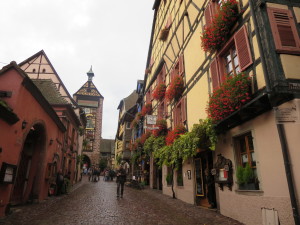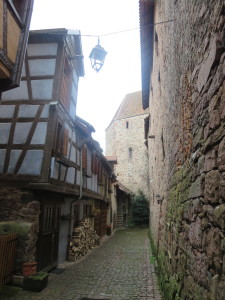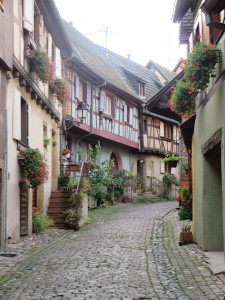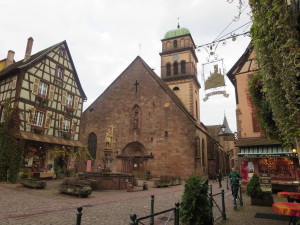Originally published on Vagablogging. Direct link here.
This week I returned from a month and a half overseas working as a tour guide, helping to lead two different groups on an epic Best-of-Europe grand tour. The experience was a new one for me; after years of exploring the continent’s cobbled backstreets and ancient cities as a solo travel writer, I found myself with the unique opportunity of being a guide for one of America’s most well-respected touring companies.
A couple of concerns dogged me as I flew over the Arctic Circle, the plane making its slow path from my home base of Seattle to the tour departure point of Amsterdam. Questions like, how would I be able to handle a large group as we steam across the continent day in and day out? And, how will the mechanics of moving groups from one site to the other in an efficient way? But these concerns paled next to the most significant challenge: Helping the scores of American travelers connect to the history and culture of the places they came so far to experience.
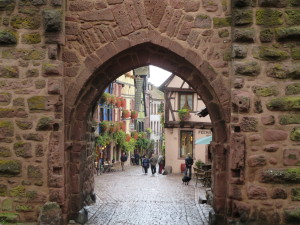
Staring out my window at the endless expanse of the north Atlantic, I began to feel the weight of the responsibility settle into my gut. How do I curate this experience for our flock? I’d always done it for myself just fine; teaching others how to appreciate the richness of Europe was something I’d never needed to do beyond my writing. It was easy enough to crank out articles about the places I’d visited and about the treasures—the food, the history, the people, all the things that make up the culture—those places had to offer. Would I be able to help our travelers connect to them and appreciate them in the same way that I did?
The teaching I’d done before—giving free travel talks at public libraries to would-be travelers who were interested in learning how to create their own independent European adventure—was indispensable. The classes I’d taught had given me a sense of what tickled a traveler’s fancy and what common-sense issues they worried about. This gave me the advantage of being able to anticipate questions and concerns, sometime before the group members even knew they had them.
The true challenge was facilitating the tour member’s experience of the culture. It was in trying to cast new food experiences as a part of good travel, as “sightseeing for your palate”. It was in helping them fend off museum overload by urging them to see the art of the Louvre and the Accademia with their hearts rather than their mind.
It was in not rushing through another “check the box” locale (don’t rush through St. Mark’s square, I counseled, just take your time and find your own way to relate to the space). And it was in fending off cathedral overload by teaching that architecture was art we walk through—art that took generations of devoted believers and craftsman to create—rather than just another drafty old building.
Finally I kept the old teacher’s maxim close to my heart: “The task of the teacher is to honor the integrity of fact while at the same time igniting the student’s imagination.”
Over the course of the following weeks I’d work on striking that balance, always trying to bring long-ago stories and long-dead people to Technicolor life. Success for the tour guide also means the tourists returning home knowing that the struggles, the tragedies and triumphs of those who inhabited the majestic castles and cobbled city streets so long ago set the stage for the world as we know it today.
The trick to achieving that was helping them forge an emotional connection to the events a given site had witnessed; that its history was not just a collection of faceless dates and facts, but human beings with hopes and dreams who lived in similarly dramatic times of war, economic uncertainty and dramatic social change. Those folks tried to make the best of it, and somehow got through it. We can too.
But more than just the appreciation of history, it’s the appreciation of the culture that really informs a successful travel experience. My hope is that the tour members came away with a renewed perspective on how Europe’s endlessly varied tapestry of cultures, while wonderfully diverse, are similar to our own in the most fundamentally human ways.
If you ever find yourself in the trying but satisfying role as tour guide, I think you’ll find that those lessons are your tour members’ best souvenirs.


